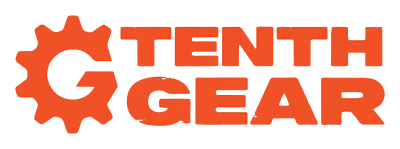Fleet Automation and Streamlining Communications
Background
The company’s B2B fleet runs courier services, chartering between multiple customer locations.
Problem
The company wanted to create incremental improvements for existing operations and address the following problems:
Route change efficiency.
At the beginning of the day, the drivers were provided with the printed pickup stop list, which contained recurring and one-time stops. Once the route started, any last-minute changes required three-way catch-up calls between the customers, front desk, and drivers.
Because drivers could only answer the phone during pickup stops for safety reasons, this approach resulted in unnecessary stops or missed pickups.
The company wanted to create a solution that did not require contacting the driver while on the road.
Transparency improvement
For billing and analytics purposes, the company needed timestamped proof that the driver entered the customer’s location and inspected the pickup spot. While fleet software tracked the truck’s GPS coordinates, this was insufficient to confirm the building entrance.
Challenges
The solution had to integrate well with existing CRM. The staff training program had to be developed and implemented to ensure a smooth adoption rate. The solution had to be user-friendly to ensure no impact on productivity.
Solution
Drivers were already equipped with mobile phones, so developing a mobile-friendly application was the most practical approach. The company didn’t have in-house mobile developers but wanted to be able to support this application in the future, so it was critical to use a technology setup already familiar to the company. The best strategy was to build a web application that could be launched from the mobile phone via an app icon. The application could utilize the phone’s camera, GPS, and map application. Drivers launched the app at the beginning of their route, which displayed the first stop. Integrated maps provided voice-guided turn-by-turn directions, which was beneficial during construction season.
When the driver arrived at the customer site, they entered the building and used application camera integration to scan a customer-specific barcode on their pickup tub. Scanning closed the stop and displayed the next location. The driver could also mark the stop as inaccessible, flagging it for route management review.
The app was rolled out in stages. Small user groups were formed, and they received hands-on training on the demo version of the app. Their feedback was used to improve the application flow further.
The user manual was written to accompany the training provided to new hires as part of onboarding. The support continued after the rollout, addressing user feedback and concerns.
The company’s team was trained to modify the application to support future updates and improvements.
Outcome
The front office had complete freedom to cancel, add, or change the order of future route stops without calling the driver. Route managers could easily add last-minute pickups in the driver’s vicinity, improving route revenue. The new application was integrated with the existing customer-facing CRM, allowing the clients to self-serve some changes.
The fleet’s safety had improved as communications between the front office and the driver were no longer needed. Eliminating the need for catch-up calls also improved operational efficiency, freeing up front desk time for other tasks.
The data collected by timestamping the building pickup helped to make decisions about route efficiency, the best building door for driver entrance, and highlighting tricky-to-find locations for new hires. It also improved billing accuracy, created additional QA checks, and generated a chain of ownership. As a result, customer satisfaction and trust in the company’s service had grown.
With some modifications, the company could have licensed the solution to other businesses, covering the development cost and bringing up additional revenue.
